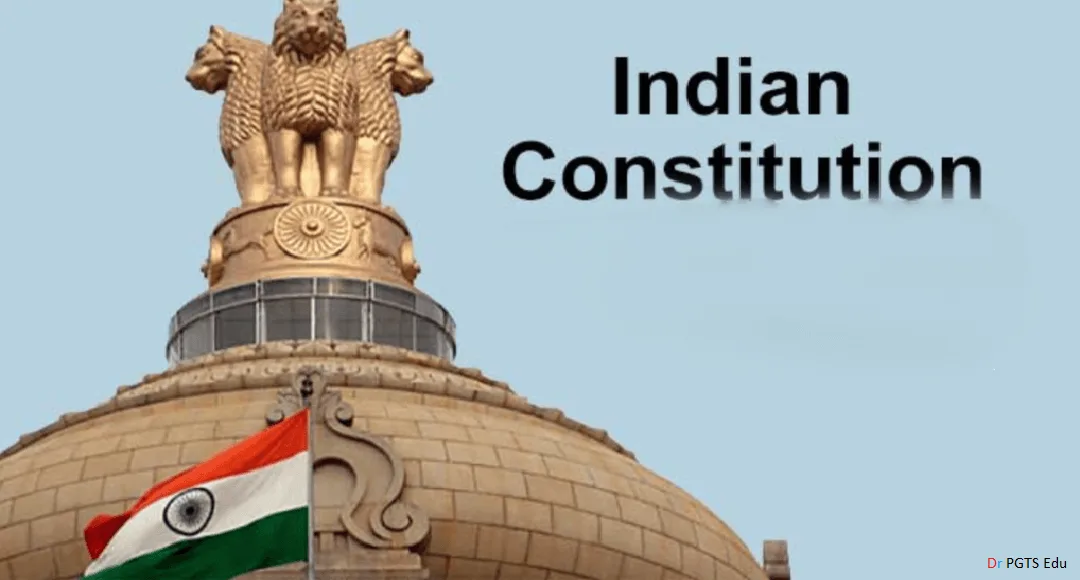The Untold History of the Indian Constitution, the world’s longest written constitution, is more than just a legal document—it is the foundation of the world’s largest democracy. Born out of immense struggle, sacrifice, and visionary leadership, it defines the principles of justice, liberty, equality, and fraternity. While many are familiar with the basics, there are several untold stories about the secrets, struggles, and success behind its creation. This article delves deep into the history of the Indian Constitution, its connection with India’s Independence, Republic Day, and the role of freedom fighters in shaping its framework.
The Untold History of the Indian Constitution Struggle
Before India gained independence, the country was under British rule for nearly two centuries. The demand for self-rule began as early as the 19th century, with leaders like Bal Gangadhar Tilak, Mahatma Gandhi, Subhas Chandra Bose, and Jawaharlal Nehru playing crucial roles. The Indian freedom movement saw multiple uprisings, sacrifices, and negotiations leading up to the historic moment of August 15, 1947—India’s Independence Day.
However, independence was only the first step. India needed a strong legal framework to govern itself, ensuring rights and responsibilities for its citizens. Thus, the drafting of the Indian Constitution became the next major milestone.
The Untold History of the Indian Constitution Making
Formation of the Constituent Assembly
On December 9, 1946, the Constituent Assembly of India held its first session in Delhi. Dr. Rajendra Prasad was elected as its President, while Dr. B.R. Ambedkar, the chief architect of the Constitution, chaired the Drafting Committee. The Assembly consisted of representatives from various regions, religions, and backgrounds, ensuring diverse perspectives.
The Untold History of the Indian Constitution Key Influences and Challenges
The drafting of the Indian Constitution was an extensive process, taking nearly three years (from December 1946 to November 1949). The Constitution borrowed influences from various global legal frameworks, such as:

The British Parliamentary System
The U.S. Bill of Rights
The Irish Directive Principles of State Policy
The French ideals of Liberty, Equality, and Fraternity
Despite these inspirations, India needed a document that reflected its unique history, culture, and diversity. One of the biggest challenges was to unite a nation divided by princely states, languages, and religious differences. The framers also had to address issues such as caste discrimination, women’s rights, and minority protection.
The Untold History of the Indian Constitution Adoption of the Constitution
After extensive debates and discussions, the final draft of the Indian Constitution was adopted on November 26, 1949. However, it officially came into effect on January 26, 1950—celebrated as Republic Day. This date was chosen to honor the Purna Swaraj Declaration of 1930, when the Indian National Congress first demanded complete independence from British rule.
Secrets and Lesser-Known Facts About the Indian Constitution
Handwritten Masterpiece: Unlike many countries, the Indian Constitution was not printed but handwritten in both English and Hindi.
Longest Constitution in the World: With over 465 articles, 12 schedules, and numerous amendments, it remains the most detailed constitution globally.
Signatures of Freedom Fighters: Each member of the Constituent Assembly, including Sardar Patel, Nehru, and Maulana Azad, signed the original copies.
Cost of Drafting: The total cost of drafting the Constitution was approximately ₹6.4 million.
Original Copies Preserved: The original Constitution is safely stored in helium-filled cases at the Parliament Library.
The Role of Freedom Fighters in Constitution-Making
The contribution of India’s freedom fighters didn’t end with independence. Many of them played a pivotal role in shaping the Constitution:
Dr. B.R. Ambedkar: The principal architect who ensured equality, social justice, and fundamental rights.
Jawaharlal Nehru: Provided visionary leadership and drafted the Objectives Resolution, forming the base of the Constitution.
Sardar Vallabhbhai Patel: Worked tirelessly to integrate princely states into the Indian Union.
Mahatma Gandhi: Though not directly involved in drafting, his ideals of non-violence and inclusion deeply influenced the document.
Success and Legacy of the Indian Constitution
Since its adoption, the Indian Constitution has successfully upheld democracy and governance in a diverse nation. It has undergone more than 100 amendments, reflecting its flexibility and adaptability. Landmark changes like the abolition of untouchability (Article 17), the Right to Education (Article 21A), and recent reforms showcase its dynamic nature.
India continues to celebrate Independence Day (August 15) to honor the sacrifices made for freedom, while Republic Day (January 26) is a tribute to the day India became a sovereign democratic republic under its own Constitution.
The Indian Constitution is not just a set of laws; it is the soul of the nation, born out of immense struggle and sacrifice. Its creation was a monumental achievement, bringing together the vision of freedom fighters, legal experts, and social reformers. As India moves forward, this living document continues to guide its people toward justice, equality, and progress. Understanding its history is essential to appreciate the hard-fought democracy that every Indian enjoys today.
Read also: historical background of indian constitution

